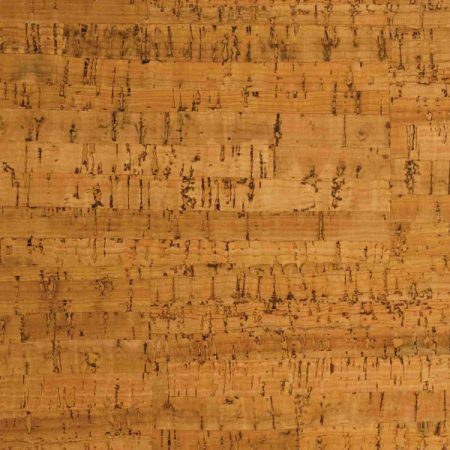Floor cork
Natural floor cork are unusually durable and reliable finishing components, which have been used in various ways in numerous houses for the last 20-30 years. Concerning the fact that cork is water resistant, there are no distortions, which are so common in the case of wooden panels. Unusual pattern of the panels enhances the overall look of the room and thus enables to combine modern, ecologic design with elegance both at home and in the office.
Showing all 8 results
Combine cork floors with a cork underlay for a better insulating effect.
Using a cork underlay under a cork floor can further increase the insulating effect and comfort of use. Cork underlays are used as an insulating layer between the cork floor and the surface on which it is installed. Here are some benefits of using cork underlayment:
Sound insulation: Cork floors help absorb sound, which further increases the insulating effect of the room. It acts as an acoustic barrier, reducing the transmission of noise from one room to another.
Thermal insulation: The floor has insulating properties that help keep the room warm. It acts as a thermal barrier, which can help to increase the energy efficiency of a room.
Walking comfort: An additional layer of cork underlay under the cork floor increases the flexibility and softness of the entire system, which translates into greater walking comfort. It has a shock-absorbing effect, absorbing pressure while walking.
Moisture protection: Cork floors also have waterproof properties, which can further protect the floor from possible moisture-related problems.
Famous places and monuments where cork flooring was used.
Cork flooring is used in various places around the world due to its unique properties. Here are some famous places and monuments where cork flooring was used:
Pantheon in Rome, Italy:
The Pantheon, one of Rome’s most important monuments, has a marble and cork floor. The combination of these two materials adds elegance and at the same time helps absorb sound into the space.
Auditorium at the Forest National, Brussels, Belgium:
Forest National is an auditorium in Brussels with cork floors. These floors help dampen sounds, which is important in places where concerts and other musical events take place.
Center Pompidou, Paris, France:
One of the most recognizable museums of contemporary art in the world, the Pompidou Center in Paris, uses cork floors. This solution not only fits into the modern character of the building, but also helps absorb sound in exhibition spaces.
Guggenheim Museum, Bilbao, Spain:
The Guggenheim Museum Bilbao is an iconic building designed by Frank Gehry. Cork floors are used in some parts of the museum, which helps control acoustics in the exhibition spaces.
Sagrada Familia Cathedral, Barcelona, Spain:
Cork floors were used in part of the Sagrada Familia Cathedral in Barcelona. This is one of the most important works by Antoni Gaudí.
Gallery of Modern Art (MoMA), New York, USA:
Cork floors were used in some spaces of the Museum of Modern Art in New York. This is an example of the use of this material in a renowned cultural venue.
Sports hall in Katowice, Poland:
The new entertainment and sports hall in Katowice, known as Arena Gliwice, has been equipped with cork floors that help dampen sounds during various events.
Stanford University Library, California, USA:
Many spaces at the Stanford University Library feature cork flooring, which helps create a quiet and comfortable atmosphere for reading and studying.
Cork floors are valued not only for their insulating properties, but also for their aesthetics and environmental friendliness. Their use in various places around the world shows their versatility and adaptation to the various needs of users.







